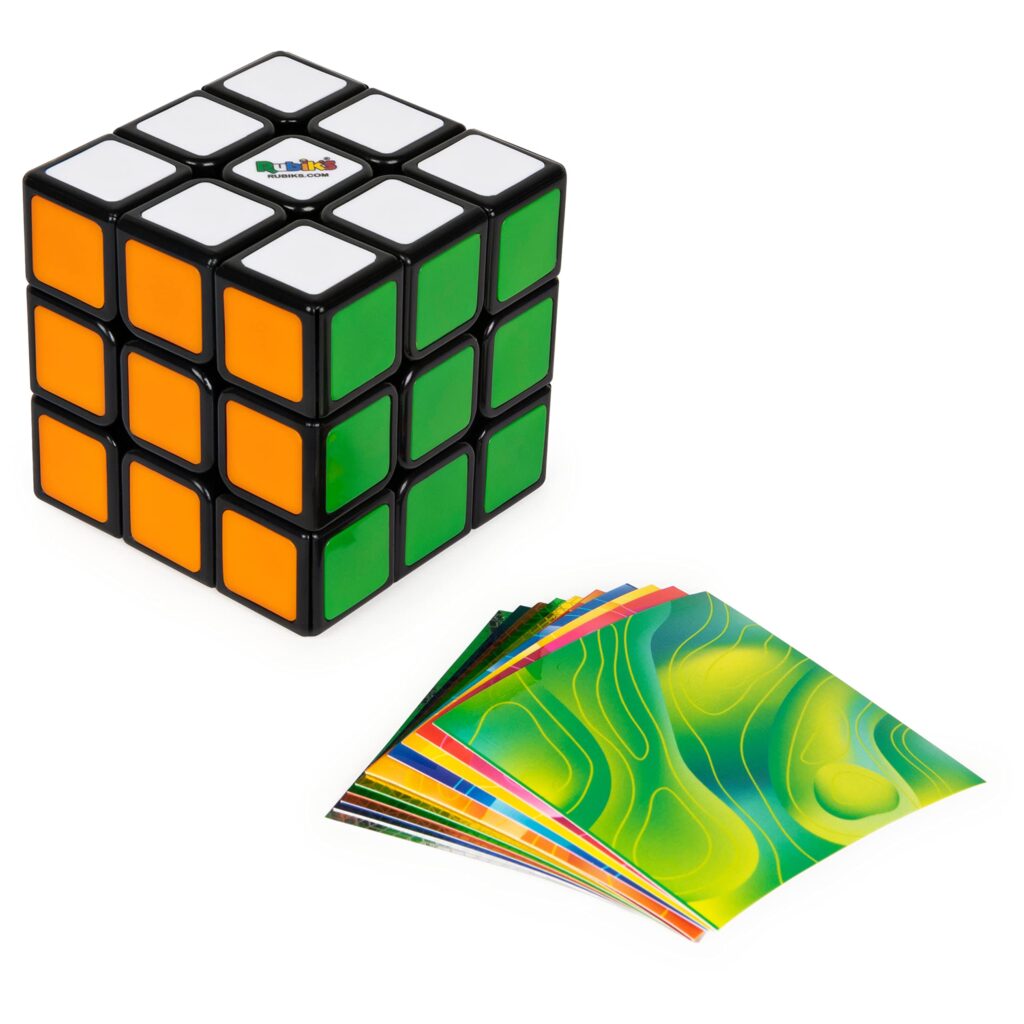The Rubik’s Cube is a 3D combination puzzle consisting of 26 small cubes that need to be twisted and turned in different directions to match each face’s color. It was invented in the 1970s by Hungarian sculptor and professor of architecture, Erno Rubik. Solving the Rubik’s Cube can be broken down into smaller steps, including creating a cross, solving the corners, middle and top layers, and using algorithms. It may take some trial and error, so it’s important to practice and not be afraid of making mistakes. With patience and practice, anyone can solve the Rubik’s Cube.
The Classic Brain Teaser: A Guide to Solving the Rubik’s Cube
Introduction
The Rubik’s Cube is a classic brain teaser that has been around since the 1970s. It is a 3D combination puzzle that was invented by Hungarian sculptor and professor of architecture Erno Rubik. The puzzle consists of 26 small cubes that are connected together and can be twisted and turned in different directions. The objective of the Rubik’s Cube is to have all the small cubes of each face of the larger cube match in color.
Step-by-Step Guide to Solving the Rubik’s Cube
Solving the Rubik’s Cube may seem daunting at first, but it can actually be broken down into smaller steps:
Step 1 – The Cross
The first step is to create a cross on one side of the Rubik’s Cube. This can be done by choosing a side and finding the center piece with a specific color. Then, find pieces with that same color on the adjacent sides and move them until they line up with the center piece. Keep doing this until you have a cross that matches the center piece color.
Step 2 – The Corners
Once you have the cross, you can move on to solving the corners. The goal is to match the colors of the small cubes on the corners of the cube with the colors of the adjacent center pieces. This can be done by moving the corners around until they fit into place.
Step 3 – The Middle Layer
After solving the corners, the middle layer needs to be solved. This involves moving the middle layer pieces around until the colors match up with the adjacent center pieces. There are different algorithms that can be used to solve this layer, so do some research and find one that works for you.
Step 4 – The Top Cross
Now it is time to solve the top layer. The first step is to create a cross on the top of the cube. This can be done by orienting the cube so that the unsolved pieces are facing up and moving the pieces until they match up with the adjacent center pieces. This step may require some trial and error.
Step 5 – The Top Corners
Once the cross is complete, the top corners need to be solved. This involves moving the corners around until they match up with their respective center pieces. This step may also require some trial and error.
Step 6 – The Final Step
The final step is to solve the remaining middle layer pieces. This can be done using algorithms to move the pieces around until they match up with their respective center pieces.
Tips and Tricks
Here are some tips and tricks to help solve the Rubik’s Cube:
- Start with one side and work your way around the cube.
- Don’t be afraid to mess up. It may take some trial and error to solve the cube.
- Use algorithms to solve the cube quicker.
- Practice, practice, practice.
Conclusion
Solving the Rubik’s Cube may seem difficult, but with practice and patience, anyone can solve it. Break the puzzle down into smaller steps and use algorithms to solve it quicker. Don’t be afraid to mess up, and remember to practice as much as possible. Good luck!
